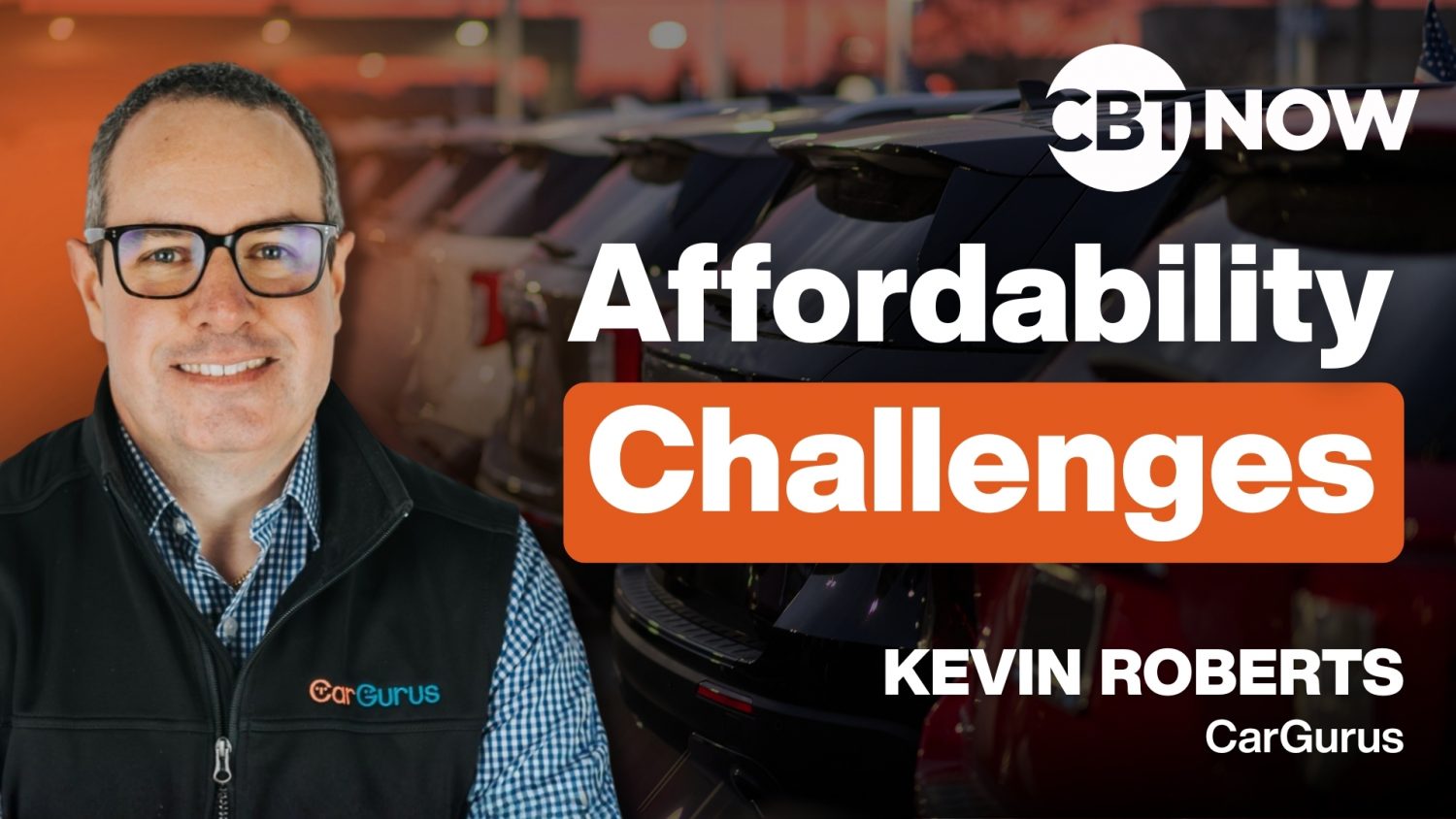The U.S. automotive market faces ongoing affordability pressures even as certain segments, particularly luxury vehicles and hybrids, continue to see robust growth. Joining us on today’s episode of CBT Now is Kevin Roberts, the Director of Economic and Market Intelligence at CarGurus, to discuss the company’s latest Q3 Intelligence Report, which reveals trends that are shaping dealer strategies as they approach the end of 2025 and prepare for 2026.
“Affordability is really the key message… We saw most of the growth happening in vehicles priced under $30,000.”
Despite broader affordability issues, luxury vehicles continue to see robust sales, fueled in part by a “K-shaped” economic recovery. While high-income households have performed well since COVID, they have spent heavily on premium vehicles. Roberts notes that year-over-year sales growth remains strong in the $70,000–$90,000 price range and above $120,000, indicating that price is less of a concern for the top 10% of earners.
The report also highlights a sharp increase in EV sales in Q3, a surge Roberts calls the “EV crescendo.” The spike coincided with the expiration of the federal tax credit, prompting last-minute purchases. While EV demand remains strong, its trajectory in Q4 and 2026 is uncertain, requiring dealers to carefully manage inventory and pricing.
Hybrids are emerging as the fastest-growing powertrain in 2025. Roberts notes their lower cost and reduced range anxiety make them appealing to a broader range of buyers. Still, many households may adopt a combination of EVs and hybrids to balance affordability and convenience.
Notably, consumer demand for larger, feature-packed SUVs remains robust, driving average transaction prices higher. Roberts referred to this trend as the “Costcoification” of the U.S. fleet, noting that buyers are increasingly seeking more tech and amenities, even if some features go unused.
Automakers might react by providing cheaper sedans and vehicles priced below $30,000 to attract budget-conscious consumers. Increasing interest rates, insurance premiums, and other ownership costs are also raising the overall expense of owning a vehicle, highlighting the importance of offering carefully priced inventory.


